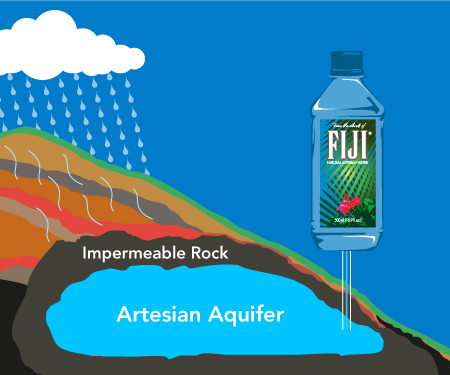The two prominent ethnic groups in Fiji are indigenous Fijian and Indo-Fijian. More than half of all inhabitants of the Fiji islands live on the islands coasts, either in Suva or in smaller urban centers. The interiors of the islands are sparsely populated due to the rough terrain. The Indo-Fijian population has grown rapidly through the years, initially migrating from India to work in the sugarcane fields. In the 1920s and 1930s, there was a voluntary influx forming the foundation of Fiji's business class. The Indo-Fijians reside primarily near the urban centers and in the cane-producing areas of the two main islands. In contrast, the indigenous Fijians are spread across the landscape.
Some Indo-Fijians have been displaced from the cane-producing areas due to the expiration of land leases and have been forced to move into the urban areas in pursuit of jobs. Native Fijians have also moved into the urban areas in search of a better life. Overall, the Indo-Fijian population on the islands is declining due to emigration and a declining birth rate, yet they still dominate the professions and commerce.
Overall, since the 1960s, there has been high rates of emigration primarily to North America, Australia, and New Zealand. The Indo-Fijian population have been leaving in search of better economic opportunities. The indigenous Fijian population have also been emigrating in large numbers, often to seek employment as home healthcare workers. Unfortunately, unemployment is high and wages are low and there is political unrest.

